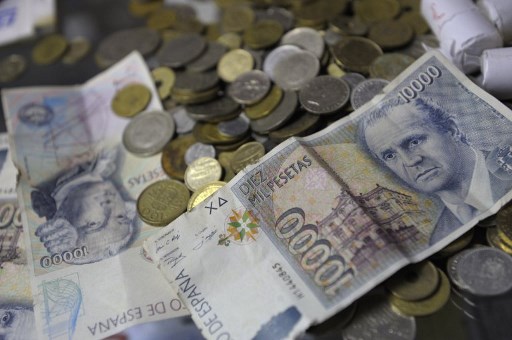The notes were designed by Göran Österlund, whose colourful “Journey of Culture” (Kulturresan) design was selected from among eight finalists.
Thursday’s presentation of the new designs by the Riksbank comes a year after the bank first announced the six 20th century Swedish icons whose profiles would grace the new bills.
The face of Swedish film director Ingmar Bergman will adorn the new 200 kronor note, while children’s author Astrid Lindgren will be the new face on the 20 kronor note, replacing the popular Selma Lagerlöf.
Former United Nations secretary-general Dag Hammarskjöld will feature on the 1,000 kronor note, opera singer Birgit Nilsson on the 500 kronor, film star Greta Garbo on the 100 kronor, and musician Evert Taube on the 50 kronor note.
Click here to see more images of Sweden’s new banknotes
“It’s been a difficult but stimulating task to pick a winner. All the contestants submitted ambitious and well worked suggestions, but in the end we were captivated by ‘The Cultural Journey’,” said Peter Egardt, a member of the Riksbank board of directors and chair of the banknote design selection jury, in a statement.
“The overall impression is a beautiful and user-friendly series of bills which are built on a well-weighed balance between something new and Swedish banknote tradition.”
Österlund explained that his winning design as was meant to “let the bills take us on a journey from the Öresund Bridge in the south to the Treriksröset in the north,” referencing the “Three Country Cairn” where the borders of Finland, Sweden, and Norway meet.
According to the Riksbank, notes bearing the new design are expected to enter general circulation in 2015.
The Local/dl



 Please whitelist us to continue reading.
Please whitelist us to continue reading.
Member comments